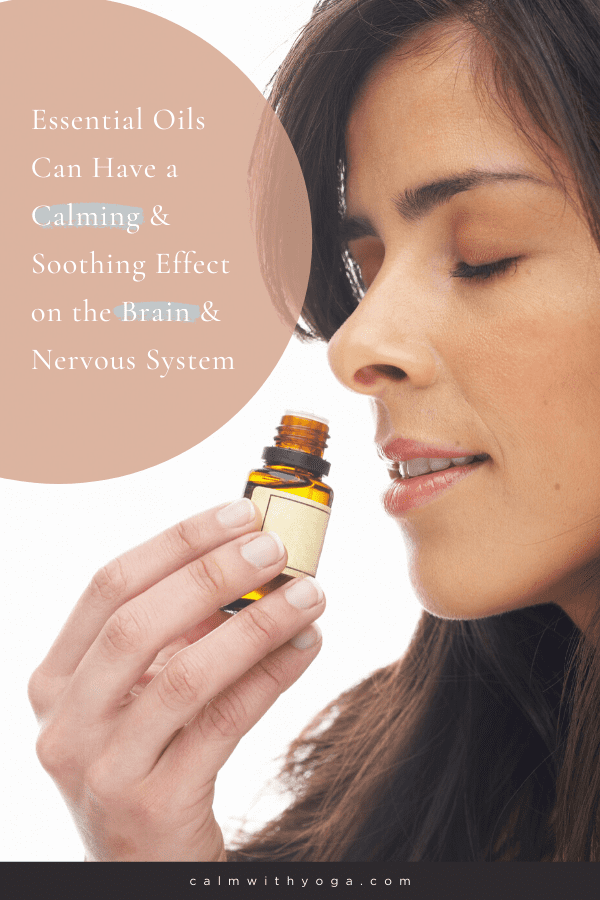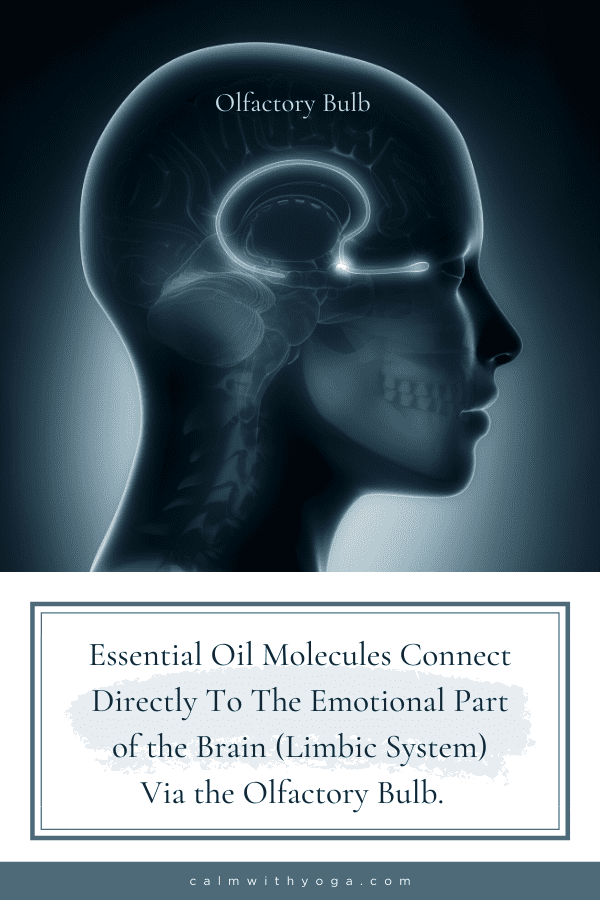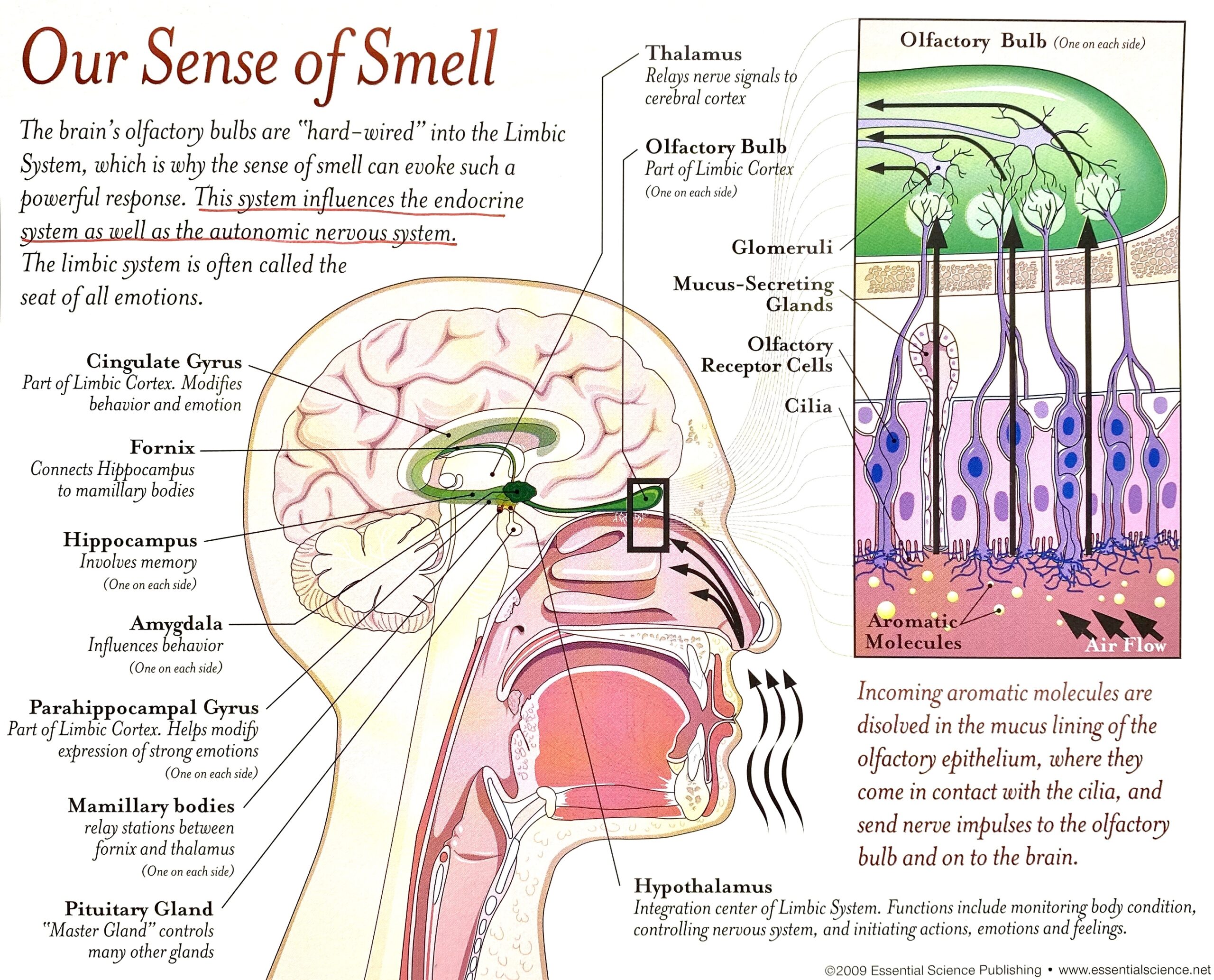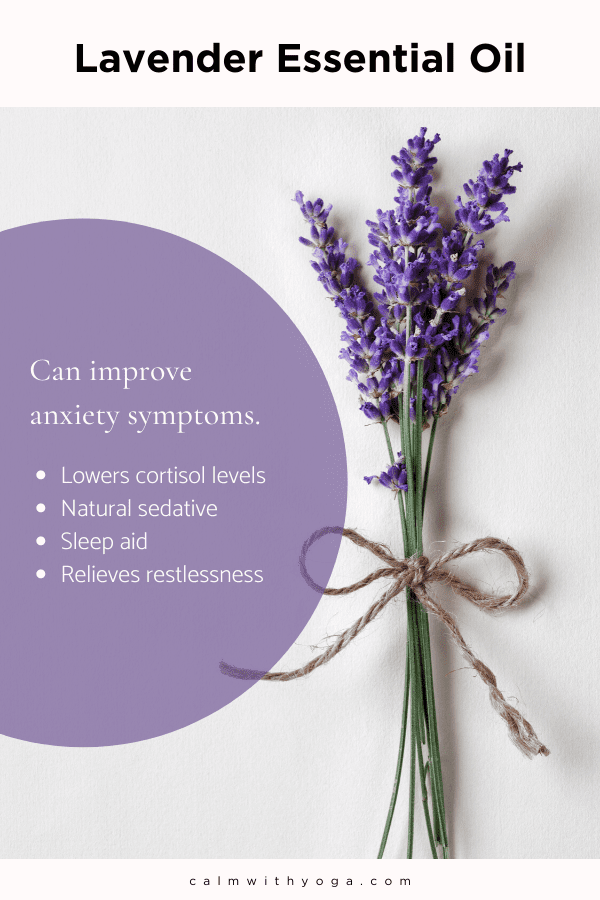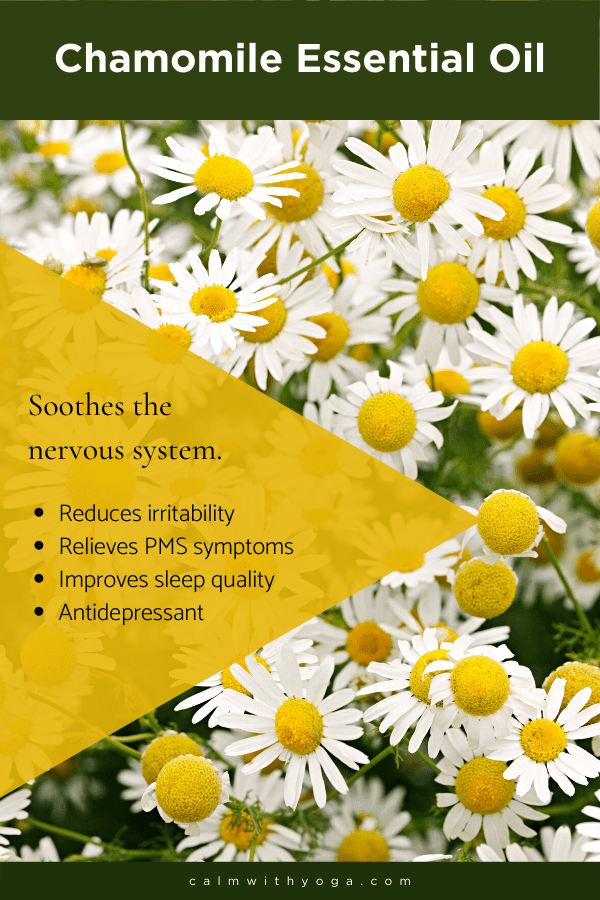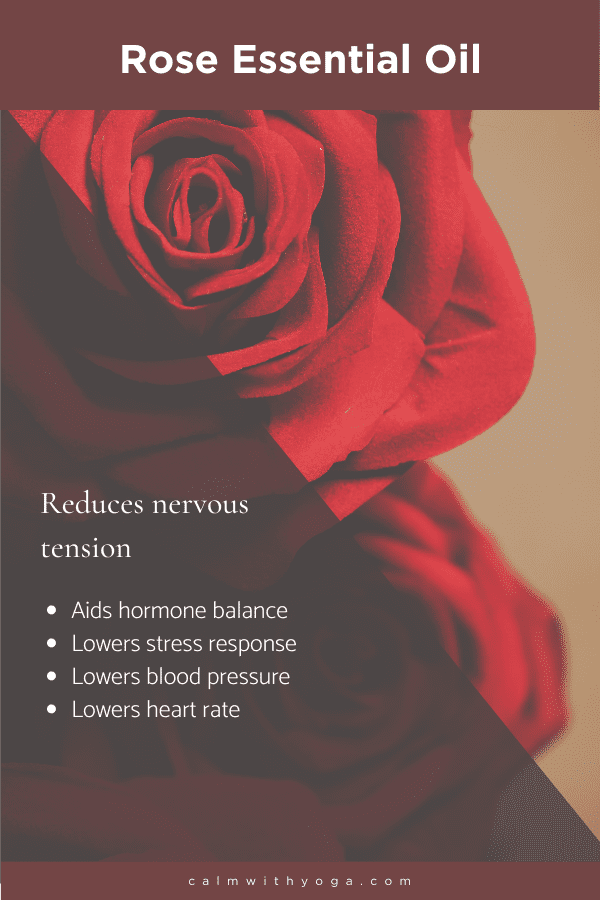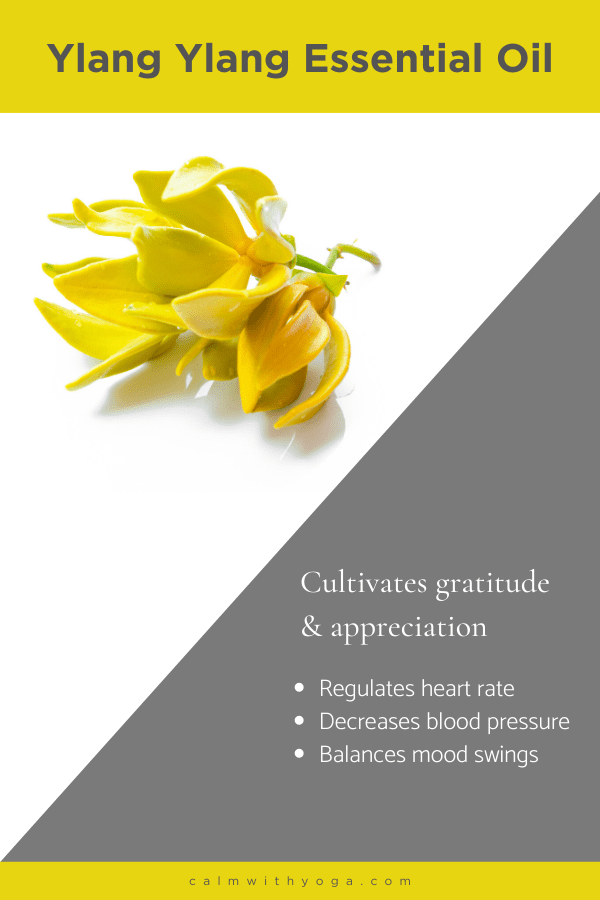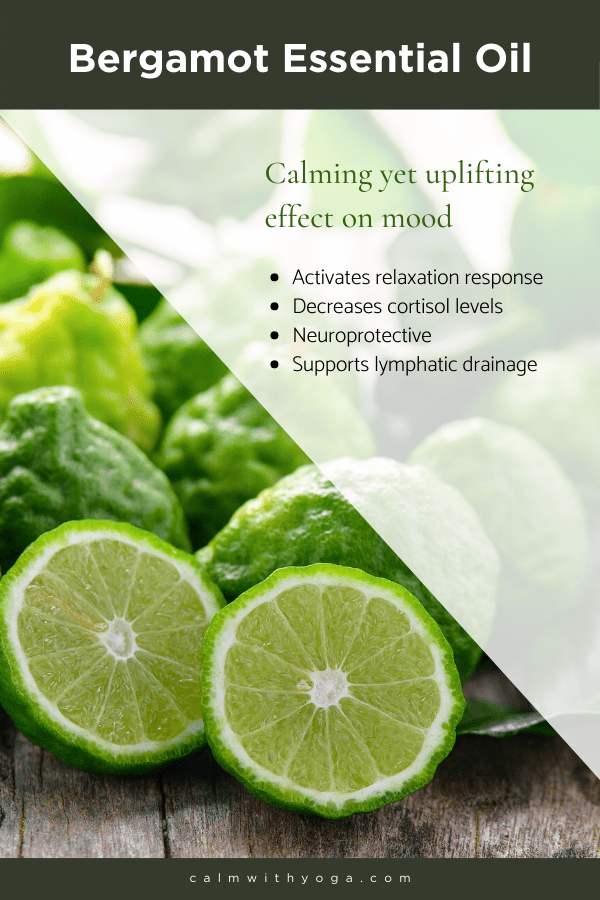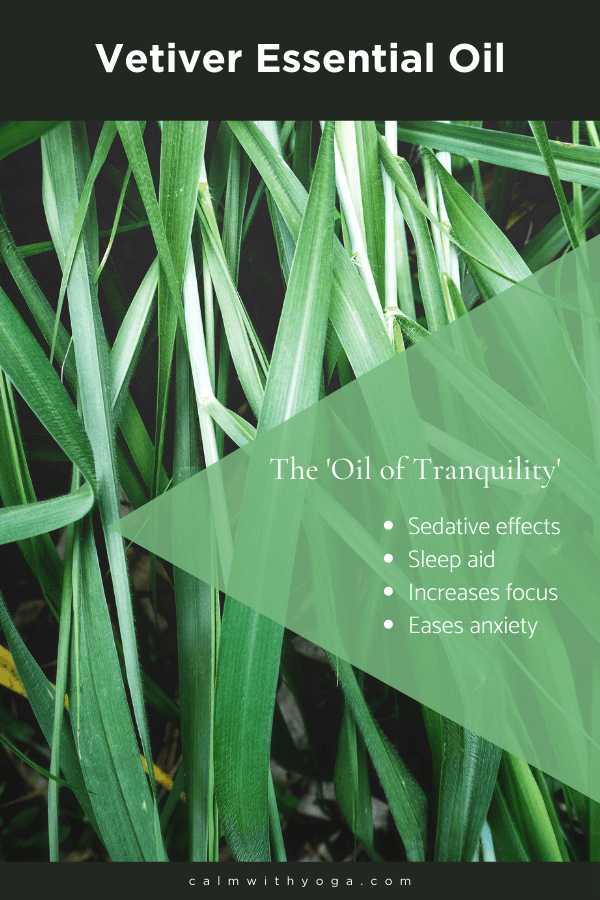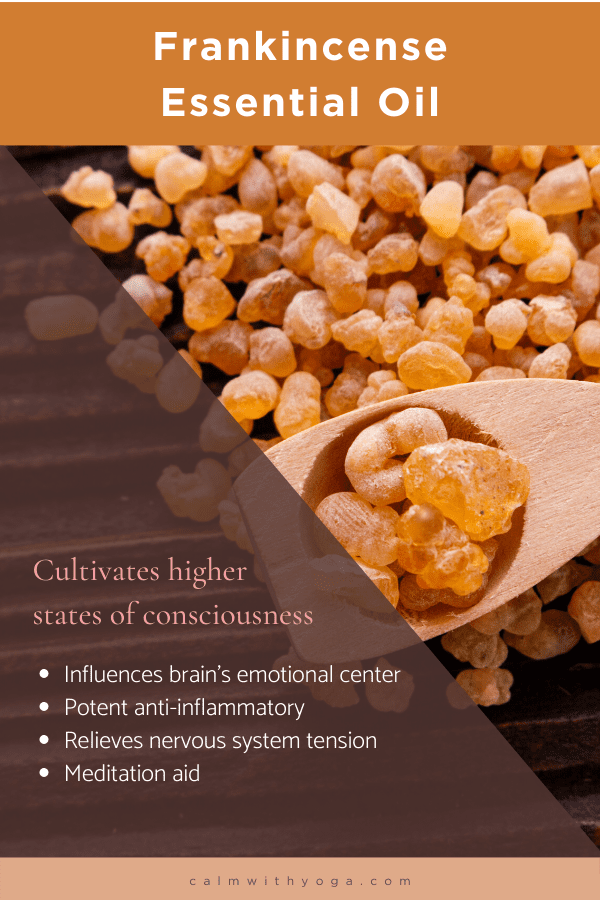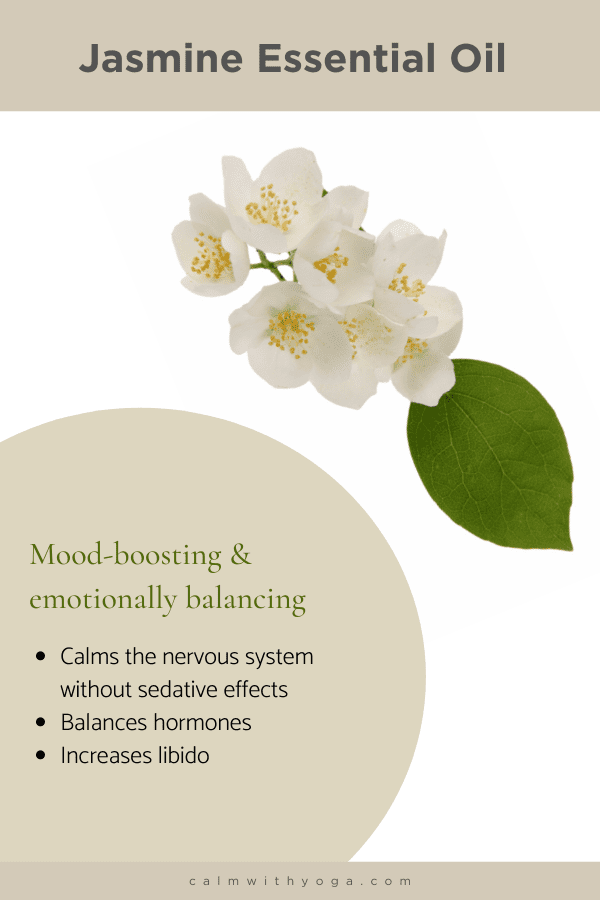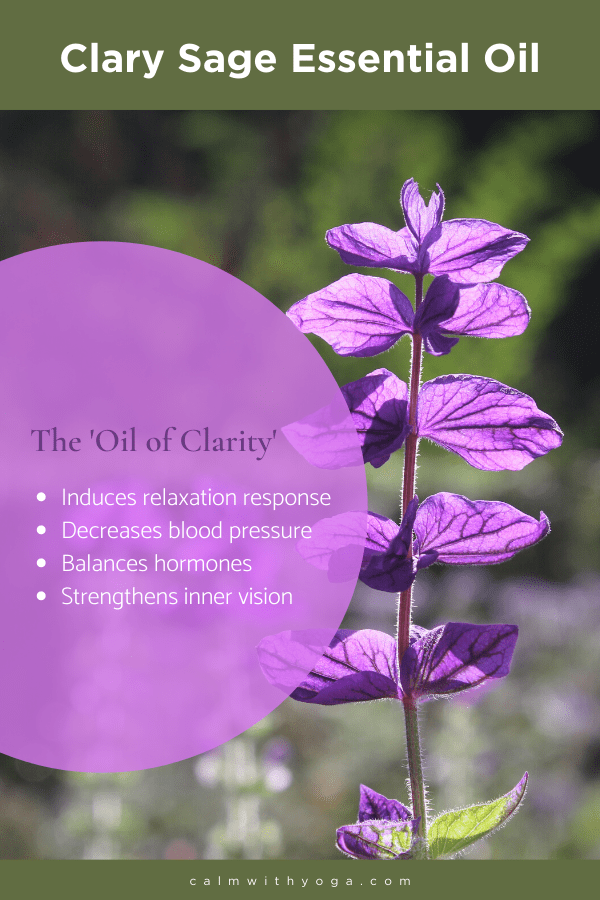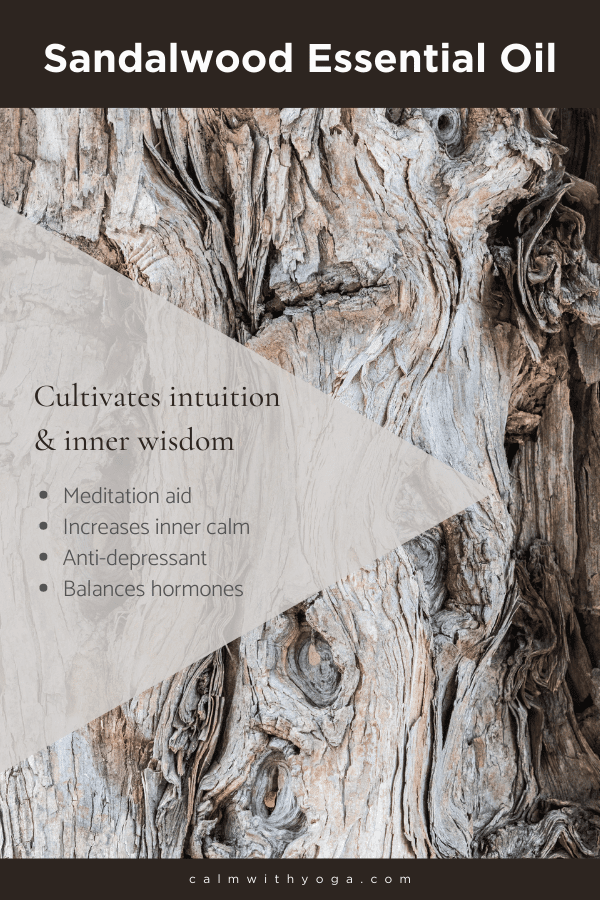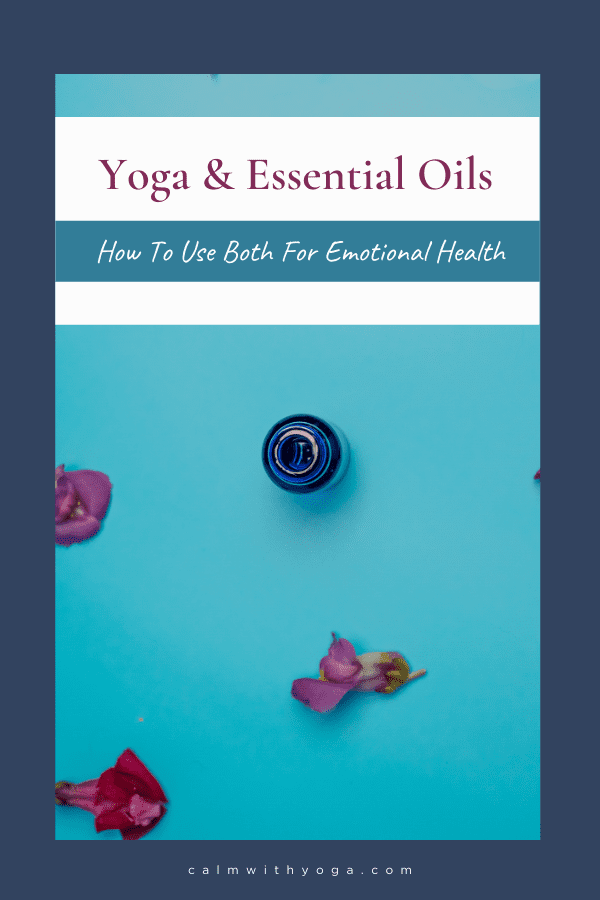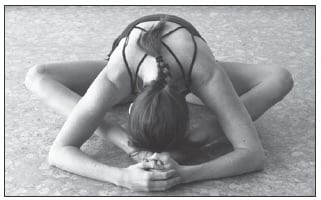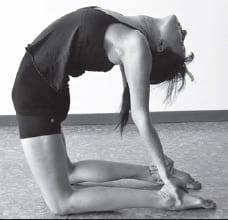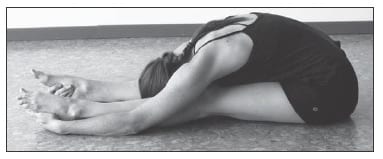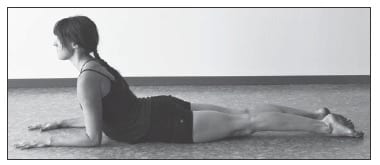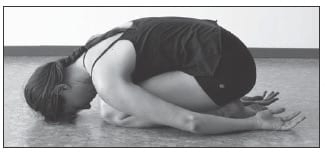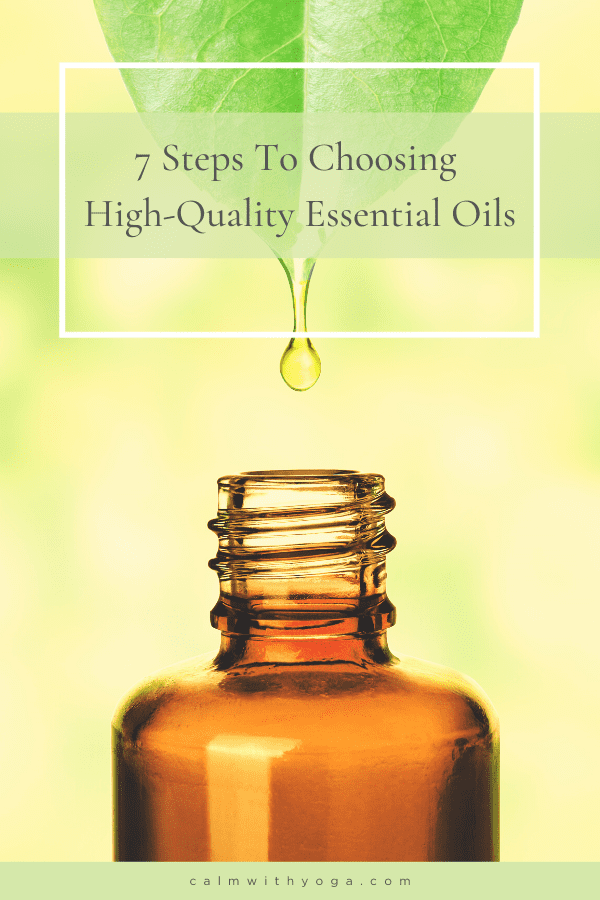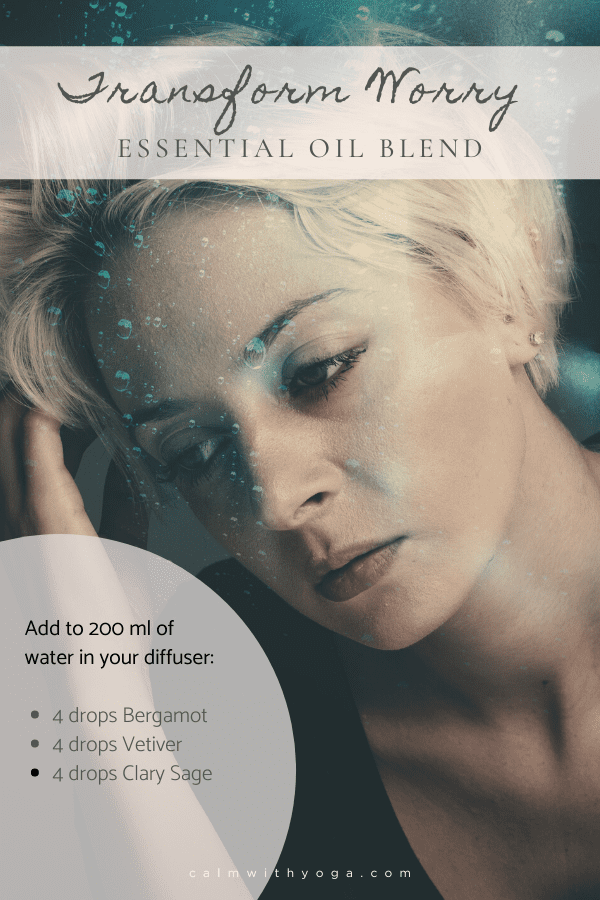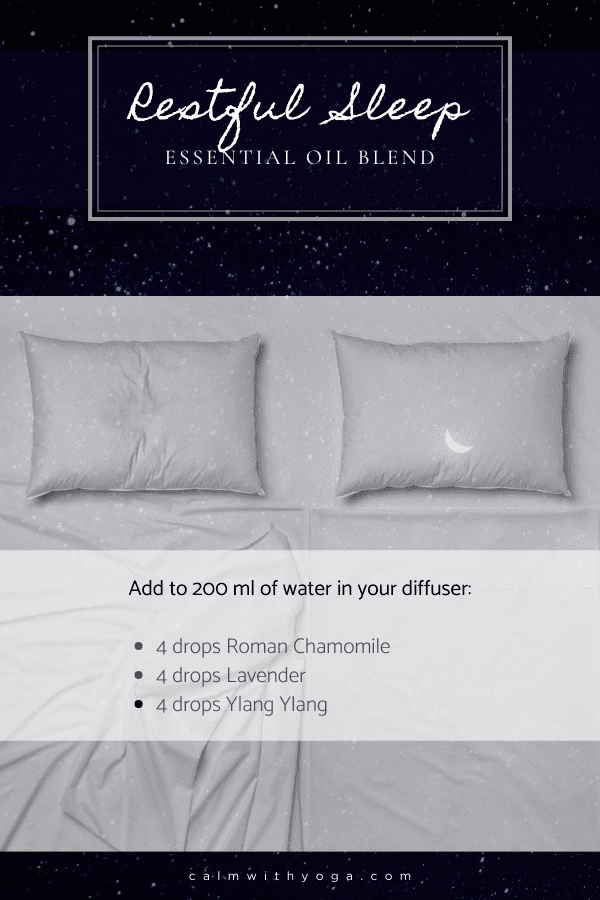The Ancient Egyptians used it in the mummification process. Ancient Romans added it to their baths. Today lavender oil is known as an effective sedative and natural sleep aid. Thanks to its multiple health benefits, it’s also an effective wound healer, antibacterial, antifungal, and antiseptic.
This ancient oil was used as an offering to the sun god Ra by Egyptians thousands of years ago. Chamomile is known to reduce feelings of irritability and overwhelm because of its sedative properties. It can help relieve PMS (premenstrual syndrome) symptoms and insomnia. As a calming agent, it can help you experience deep relaxation and well-being.
This uplifting oil offers multiple benefits for both body and mind. It’s known to aid in hormone balance and can even help increase libido. Its sedative properties help reduce stress levels and nervous tension while boosting feelings of inner calm and serenity.
Chemists Rechler and Garnier discovered that Ylang Ylang has a calming effect on the heart in the early 1900s. Not only does this sweet-smelling oil help regulate our heartbeat, but it also seems to open up our energetic heart center by aiding in the release of low-frequency emotions such as anxiety, anger, depression, sadness, and frustration. Yogis use it to help cultivate gratitude and appreciation for what is as it is.
Bergamot is the lesser-known cousin to lemon and orange. It’s known for it’s calming yet uplifting effects on mood, mind, and emotions. It’s traditionally used to invoke feelings of bliss, joy, and vital energy. It’s also a powerful antidote for anxious tensions and suppressed emotions. It’s also excellent for immune-boosting and detoxification as its active compounds support lymphatic drainage.
Known as the “Oil of Tranquility” amongst Yogis it’s also referred to as the “fragrance of the soil” because of its calming and grounding effects. Aromatherapy uses include emotional stress, anxiety, trauma, and panic attack management. As a sedative, it also helps fight insomnia. Vetiver is also used as a concentration and study aid, especially with those with ADD and ADHD.
This ancient oil has been used for thousands of years by spiritual practitioners as an aid in meditation, prayer, and contemplation. It’s thought to help cultivate higher states of consciousness and awareness when used consistently. Frankincense helps us cultivate inner calm by diffusing stress and nervous system tension from the body. It’s also a potent immune booster and has even been shown to contain anti-tumor properties according to some studies.
This rich floral-scented oil has been used in many regions of Asia as a natural way to manage emotional turmoil, anxiety, depression, and sleep troubles. Yogis use Jasmine for emotional balance, fear eradication, and mood-boosting. As an aphrodisiac, Jasmine oil can also be a perfect antidote for low libido. It’s can also help support hormonal balance and even be useful for PMS symptoms.
The word ‘clary’ comes from the Latin “Clarus” which means clear, bright, and evident. Clary sage is known as the “Oil of Clarity” because it can help to strengthen inner vision and insight. It’s a powerful oil to use in meditation as it can help quiet the mind, increase focus and creativity. It also supports healthy hormonal balance, especially in women.
Sandalwood has been used for thousands of years by Indian, Greek, Egyptian, and Roman cultures as a meditation aid due to its calming and balancing effects. Yogis use this oil as a way to cultivate intuition and inner wisdom. As a sedative, it’s even useful to help your anxious pup relax. It’s also a hormonal balancer, anti-inflammatory, immune-stimulant, and antidepressant.
Why People Are Turning To Essential Oils For Stress & Anxiety
It’s estimated that 40 million American adults experience some form of anxiety disorder. (1) Given the current COVID-19 pandemic, this number is expected to rise along with our cortisol levels (aka the stress hormone). Chronically high cortisol is one of the many symptoms of anxiety. Other symptoms include high blood pressure, rapid heart rate, erratic breathing patterns, insomnia, muscle tension/pain, and digestive problems. Unmanaged chronic anxiety also raises the risk of experiencing other health problems such as IBS, inflammatory bowel disease, systemic inflammation, arthritis, autoimmune disorders, and heart disease. Although anti-anxiety drugs may work for some people, they aren’t effective for everyone. They also come with some less-than-desirable side effects like insomnia, dizziness, blurred vision, nausea, low libido or sexual dysfunction, headaches, loss of memory or inability to focus, problems with speech and coordination, and digestive problems. That’s why there’s increasing interest in natural remedies and alternative therapies for coping with anxiety and managing its symptoms. When used mindfully, essential oils (EOs) offer a safe, cost-effective natural option that can be used regularly in daily life. EOs are highly concentrated aromatic compounds extracted from tree or plant material such as bark, leaves, flowers, roots, resin, fruit, or nut. They’re considered a form of herbal medicine and holistic healing, and their therapeutic application is often referred to as aromatherapy. Herbal and plant medicine has been used by some of history’s most influential civilizations for thousands of years. In Traditional Chinese Medicine, a 2,000-year-old practice, clary sage is used to support the adrenal glands and female reproductive hormones both of which influence anxiety levels, for example. Over the last decade, we’ve seen a growing focus on EOs as effective ways to improve health and emotional well-being. Laboratory research shows promising potential for the mental health benefits of essential oils as calming mood stabilizers. They appear to have a unique ability to interact with the human body in ways that promote vitality and harmony. As we’ll see, many EOs have been found to be hormone-regulating and nervous system balancing, two very important factors in anxiety-management.
How EOs Work to Calm You Down:
EOs influence the brain via the olfactory bulb which sits just atop the nose. The olfactory bulb is actually a part of the brain that connects to your limbic system – the part of your brain that oversees emotional response like fear and anxiety. Your limbic system is also responsible for other functions like memory, sexuality, and learning. This is why it’s common that certain smells evoke certain memories and subconscious thinking. The limbic system also influences the endocrine system (hormones), as well as the sympathetic nervous system (stress response), and the parasympathetic nervous system (relaxation response). All of which directly impact anxiety levels. The amygdala is one of the main players in the limbic brain and its role is to scan the environment and sound the alarm if any potential danger or threat is detected. Anxious people tend to have overactive amygdalas, so reducing its activity is important for increasing inner calm. The amygdala’s fear response can be influenced by EOs that come in contact with the brain via the olfactory bulb. This is one mechanism through which EOs can help process emotions. Here’s why our top-rated oils show potential for anxiety relief:
A 2018 animal study published in the journal Frontiers in Behavioral Neuroscience found that inhalation of linalool – one of the active ingredients in lavender – had an anxiolytic (anxiety-inhibiting) effect. (2) A series of clinical trials showed that ingesting 80 mg once a day of steam-distilled lavender oil resulted in reduced restlessness and agitation amongst 221 patients suffering from an anxiety disorder. They also noted improved sleep quality and an increase in general wellbeing and quality of life. (3) A similar study comparing a 6-week oral dosage of 80 mg per day of lavender to lorazepam (anxiety drug) in adults with GAD (generalized anxiety disorder) found lavender to be as effective at improving anxiety symptoms as 0.5 mg/daily of lorazepam. (4) Research also shows that inhaling lavender oil for just 5 minutes can significantly lower cortisol (stress hormone) levels. (5)
Chamomile oil can significantly relieve anxiety and worry in intensive care unit patients better than other more conventional methods. It also showed improved sleep quality in those same patients. (6) A study published in the journal Alternative Therapies in Health and Medicine found Chamomile to have a ‘clinically meaningful antidepressant activity‘ in addition to being an anxiolytic (anxiety-reliever). (7) A study on 80 volunteers found that the inhalation of this oil resulted in a calmer state, balanced mood, and increased ability to achieve deep sleep. (8)
Rose oil has been shown to lower heart rate and blood pressure which indicates a decrease in nervous system stress response. (9) A 2017 clinical trial demonstrated that the inhalation of rose oil helped to decrease depression, anxiety, and stress in kidney dialysis patients. (10)
The topical application of ylang ylang essential oil has been shown to significantly decrease blood pressure and heart rate in healthy adults. (11)(12) Ylang ylang can also balance mood swings, relieve nervous tension and fearfulness, and help with low self-esteem. (13)
Bergamot oil has been shown to relieve stress-induced anxiety mild mood disorders and may even offer neuroprotective qualities – protection of the brain and nervous system. (14) Inhalation of bergamot has been shown to activate your body’s relaxation response via the parasympathetic nervous system while also decreasing cortisol (stress hormone) levels. (15)
In an animal study investigating the effects of vetiver oil on the amygdala (a part of the brain that overseas emotions and the fear response), researchers found that vetiver has similar effects to diazepam, an anxiety medication. (16)
Research suggests that when inhaled the active ingredients in this oil can augment feelings of positive emotions and the sensation of warmth by influencing the brain and its emotional pathways. (17) The active ingredients in frankincense also make it a potent anti-inflammatory. (18) Since anxiety symptoms have been associated with inflammatory states within the body, Frankincense oil can help lower inflammation and therefore also anxiety. (19)
One study found that Jasmine oil appears to have stimulating effects while also uplifting mood. (20) Another study published in the Journal of Health Research found that inhaling jasmine increased feelings of well-being and calms the nervous system without sedative side effects. (21)
A study investigating the effects of clary sage of the autonomic nervous system found that it can decrease blood pressure and breathing rate while inducing the relaxation response. (22) Clary sage may also help to significantly lower anxiety levels in a mother’s active labor process. (23)
Though research is limited, initial studies suggest that inhalation and/or the topical application of sandalwood essential oil may help reduce symptoms of anxiety in palliative care patients (24) and women undergoing breast biopsy. (25)
Other essential oils that may be good for mental health:
Geranium Sweet orange Neroli Lemongrass Grapefruit Patchouli
The Pros & Cons of EOs for Anxiety
EOs are potent – a little goes a long way. For example, did you know that 30 lbs of lavender flowers go into just one bottle? Just one drop offers multiple active compounds that impact your mental and emotional state in a matter of moments. High-quality EOs should be 100% pure essential oils. This means you have direct access to nature’s pharmacy and emotionally healing plant wisdom. They are complex substances that we’re understanding in detail more and more. Over 3,000 compounds have been found in EOs so far. (26) If you use EOs mindfully and consume them with care, you’ll likely experience little to no side effects. (Unlike most pharmaceuticals.) Think of EOs as preventative physical and mental health care that’s relatively affordable and accessible. And unlike pharmaceuticals, you can blend multiple oils to maximize or enhance their calming and grounding effects.
EOs are potent – unnecessarily high concentrations can cause them to become irritants and may even make anxiety or tension worse. Unfortunately, there are many adulterated EO products out in the market that feature misleading claims and labels. It’s estimated that more than 75% of all EO on the market are either diluted or contaminated with synthetic material. (27) Even though EOs can benefit your life, mind, and emotional well-being in many ways they aren’t cure-alls. (If you’re dealing with a serious mental health condition consult with your physician or medical provider prior to using them.) There are contraindications to be aware of for EO use. For example – clary sage, vetiver, rose oil, and jasmine are all to be avoided during pregnancy. Most of the research done on EO is based mostly on animal studies and many human studies rely on personal subjective experience which can skew results. Though studies seem promising, more research is needed to explore EO benefits further, especially in humans.
How To Incorporate EOs Into Your Yoga Practice
It’s important to note that since EOs aren’t cure-alls, they’re most effective when used as part of a holistic yogic anxiety-management program that also includes the following practices:
Breathwork (Pranayama)
Learning to breathe properly is one of the most powerful anxiety antidotes. And vice versa – improper breathing can lead to increased anxious energy. Yogis have known for thousands of years that the breath is a gateway to increased inner calm. An entire pillar has been dedicated to breathing as a form of yoga practice and it’s called Pranayama. Just a few minutes a day of taking slow and deep belly breaths can activate your nervous system’s relaxation response while also dampening the stress response. Try this Pranayama session for anxiety. EOs are powerful additions to your daily pranayama practice: Diffusing:
Add 10-12 drops of essential oils to 200 ml of water and place it in a diffuser so the aromatic compounds fill the air.
Topically/ Inhalation:
Use 1 or 2 drops of any of the oils we’ve mentioned and place them in the palms of your hands. Rub your hands together before beginning your breathing exercises and inhale deeply and mindfully. Know that with each conscious inhale you’re infusing these healing substances directly to your brain and bloodstream via the lungs.
Inhalation:
Add 20 or so drops to an inhaler and breathe in the scents before, during, and/or after your session.
Body movement (asana/yoga poses)
It’s no secret that moving your body mindfully can help release pent up tension, release feel-good chemicals, and balance hormones. Consider a Yin Yoga session next time you feel anxious. Yin yoga is based on Buddhist mindfulness and Taoist principles. Each pose is slow-moving and typically held in stillness for 1-8 minutes. The poses are designed to activate the connective tissues in the body which helps our ligaments and tendons stay flexible. Yin poses also stimulate prana (vital energy) through the energy channels (meridians) in the body. When prana flows freely through the channels of our body our mind becomes grounded, still, and calm. You can add EOs to your yin practice by: Diffusing:
Add 10-12 drops of essential oils to 200 ml of water and place it in a diffuser so the aromatic compounds fill the air.
Topically:
Place 1-2 drops of EO on the palms of your hands and bottoms of your feet and rub them together. Mix EOs with a carrier oil like fractionated coconut oil, sweet almond oil, or jojoba oil and add to a roller then apply to your wrists, heart center, the space between your eyebrows, or the base of your spine.
Here is a calming yin yoga sequence you can try at home: Butterfly Pose (Hold time: 3-5 minutes) Camel Pose (Hold time: 1 minute) Caterpillar Pose (Hold time: 3-5 minutes) Sphinx Pose (Hold time: 1-2 minutes) Child’s Pose (Hold time: 2-3 minutes)
Meditation
Meditation and breathwork are as much a part of yoga as the poses and yet they’re often overlooked. Multiple studies indicate the calming effects of meditation on the brain. When paired with EOs the emotional benefits multiply. Frankincense, clary sage, and sandalwood are particularly useful meditation aids. You can add them to your meditation practice by: Diffusing:
Add 10-12 drops of essential oils to 200 ml of water and place it in a diffuser so the aromatic compounds fill the air.
Topically:
Place 1-2 drops of EO on the palms of your hands and bottoms of your feet and rub them together. Mix EOs with a carrier oil like fractionated coconut oil, sweet almond oil, or jojoba oil and add to a roller then apply to your wrists, heart center, the space between your eyebrows, or the base of your spine.
Inhalation:
Add 20 or so drops to an inhaler and breathe in the scents before, during, and/or after your session.
Anxiety often causes insomnia and trouble sleeping. Lavender, chamomile, jasmine, and ylang-ylang are particularly good sleep aids. Try this deep sleep meditation (yoga nidra) while diffusing the Restful Sleep blend below for a solid night’s rest.
How To Choose the Right High-Quality EO for Anxiety Relief
Approximately 75% of oils on the market are adulterated or impure. Not all EOs are created equal and unfortunately, there is little regulation to enforce uniform industry quality standards. Marketers may misrepresent or mislabel products and consumers are none the wiser. Low-quality products may be tainted with additives, fillers, or other chemicals that may be harmful to your health and have adverse effects on mood. As an anxious person, it’s really important to know how to choose high-quality products in order to reap the full therapeutic and medicinal benefits for your anxiety. Here are 7 fool-proof tips to help you:
1 – Look for certified organic therapeutic grade essential oils.
Certified organic oils are the highest grade of essential oils with maximum calming potential. Synthetic oils are the lowest grade of oil types and their anxiety-relieving effects are minimal if any. This is why people often perceive that EOs don’t work. Oils labeled as “natural” and “pure” are one step above synthetic but tend to be so overly processed they lose their therapeutic power. Therapeutic grade oils are less processed than “natural” oils but may come from herbs and plants containing pesticides and chemicals.
2 – Check that testing has been done.
You can request the company’s test results. Any reputable company will release them to you upon request if they haven’t disclosed the results as part of their marketing. The most effective test is called GC/MS (gas chromatography and mass spectrometry). GC/MS testing can detect additives, mixed oils, solvents, and other chemicals. It also gives a measured and detailed account of an oil’s chemical constituents.
3 – Research the company.
Is this company reputable? Do they disclose testing results? Do they disclose where the oil is sourced? Are the plants and herbs harvested at optimal times to maximize quality and efficacy? Do they have specific product recommendations, content, and research around anxiety? Again, be mindful of good marketers vs good products.
4 – Check the label.
Is the ‘certified organic’ stamp on it? Is the Latin name on it along with the common name? Does it state if it’s for therapeutic purposes? Does it specifically note anxiety or stress-relief in the description? Is there consistency between their products and the EO ingredients. Does the label indicate if it can be used for internal purposes or if it’s for topical or aromatic use? Is there an expiration date? A manufactured date?
5 – Check the price.
Is the price similar to other similarly sized products on the market? A noticeably low price is often a warning sign that the oil is low-quality or adulterated. This is your mental health – you don’t want to skimp or go cheap on EOs. Higher-quality oils can command a premium price, which is worth it if you’re after the highest-quality and medicinal potency.
6 – Check the Latin name.
It’s often the case that a plant type can have same or similar common names but different varieties. Different varieties often offer different chemical compounds and different benefits. The Latin names for EOs are known as their scientific names. Latin names tend to be in italics. Make sure it’s included in the label.
7 – Check in with yourself.
Learn to be your own judge and use your senses to assess the oil. If you experience an ‘off’ reaction to the smell or the oil doesn’t absorb on your skin consider that a red flag. Pay attention to how your body responds to the oil. Use your intuition and trust it when you get feedback. Note – people can have different reactions to oils. Just because an EO is known to have a calming effect, it doesn’t mean each person will experience that same effect. We’re all made up differently and have our own unique biochemistry that interacts with EOs. For some people, for example, lavender is a stimulant rather than a sedative. You’re bound to experience EOs differently from the general public at one point or another so honor your own experience.
2 Anxiety-Busting Diffuser Essential Oil Blends:
Blend #1 – Transform Worry Diffuser Blend
Symptoms: Worry, unease, dread, ruminating, sense of foreboding, expecting the worst. Add the following with 200 ml of water in yourdiffuser: 4 drops Bergamot oil 4 dropsVetiveroil 4 dropsClary Sage oil
Blend #2 – Restful Sleep Diffuser Blend
Symptoms: Overactive mind at bedtime, nervous tension in the body, short and shallow breathing, muscle aches, trouble quieting the mind, can’t fall asleep, body buzzing with excess energy at bedtime Add the following with 200 ml of water in yourdiffuser: 4 dropsRomanChamomileessential oil 4 dropsLavenderessential oil 4 dropsYlang Ylang REFERENCES : (1) https://adaa.org/about-adaa/press-room/facts-statistics (2) https://www.frontiersin.org/articles/10.3389/fnbeh.2018.00241/full (3) https://www.ncbi.nlm.nih.gov/pubmed/20512042/ (4) https://www.ncbi.nlm.nih.gov/pubmed/19962288/ (5) https://www.ncbi.nlm.nih.gov/pubmed/17291597 (6) https://www.ncbi.nlm.nih.gov/pmc/articles/PMC3588400/ (7) https://www.ncbi.nlm.nih.gov/pmc/articles/PMC3600408/ (8) https://www.researchgate.net/publication/229226111_Expectancy_and_the_aroma_of_Chamomile_influence_mood_and_cognition_in_healthy_volunteers (9) https://journals.sagepub.com/doi/pdf/10.1177/1934578X0900400226 (10) https://www.researchgate.net/publication/319923477_Effects_of_Aromatherapy_Using_the_Damask_Rose_Essential_Oil_on_Depression_Anxiety_and_Stress_in_Hemodialysis_Patients_A_Clinical_Trial (11) https://www.ncbi.nlm.nih.gov/pubmed/16807875 (12) https://www.researchgate.net/publication/258925284_Effects_of_Ylang-Ylang_aroma_on_blood_pressure_and_heart_rate_in_healthy_men (13) Holmes, Aromatica, 364 (14) https://www.sciencedirect.com/science/article/abs/pii/S0367326X10000171 (15) https://www.ncbi.nlm.nih.gov/pubmed/25824404 (16) https://www.ncbi.nlm.nih.gov/pubmed/25553641 (17) https://www.ncbi.nlm.nih.gov/pmc/articles/PMC2493463/ (18) https://www.ncbi.nlm.nih.gov/pubmed/17895408 (19) https://www.ncbi.nlm.nih.gov/pubmed/22814704 (20) https://www.ncbi.nlm.nih.gov/pubmed/20184043 (21) https://www.researchgate.net/publication/236235613_The_effects_of_jasmine_Oil_inhalation_on_brain_wave_activies_and_emotions (22) https://www.ncbi.nlm.nih.gov/pmc/articles/PMC3700459/ (23) https://www.ncbi.nlm.nih.gov/pubmed/17506789/ (24) https://www.sciencedirect.com/science/article/abs/pii/S1744388105001246 (25) https://www.ncbi.nlm.nih.gov/pubmed/28395396 (26) Wordwood, Valerie. The Complete Book of Essential Oils & Aromatherapy. United States, New World Library, 1991 (27) Essential Oils Revolution Online Summit, Interview with Robert Pappas, “Essential Oil Preparation”
